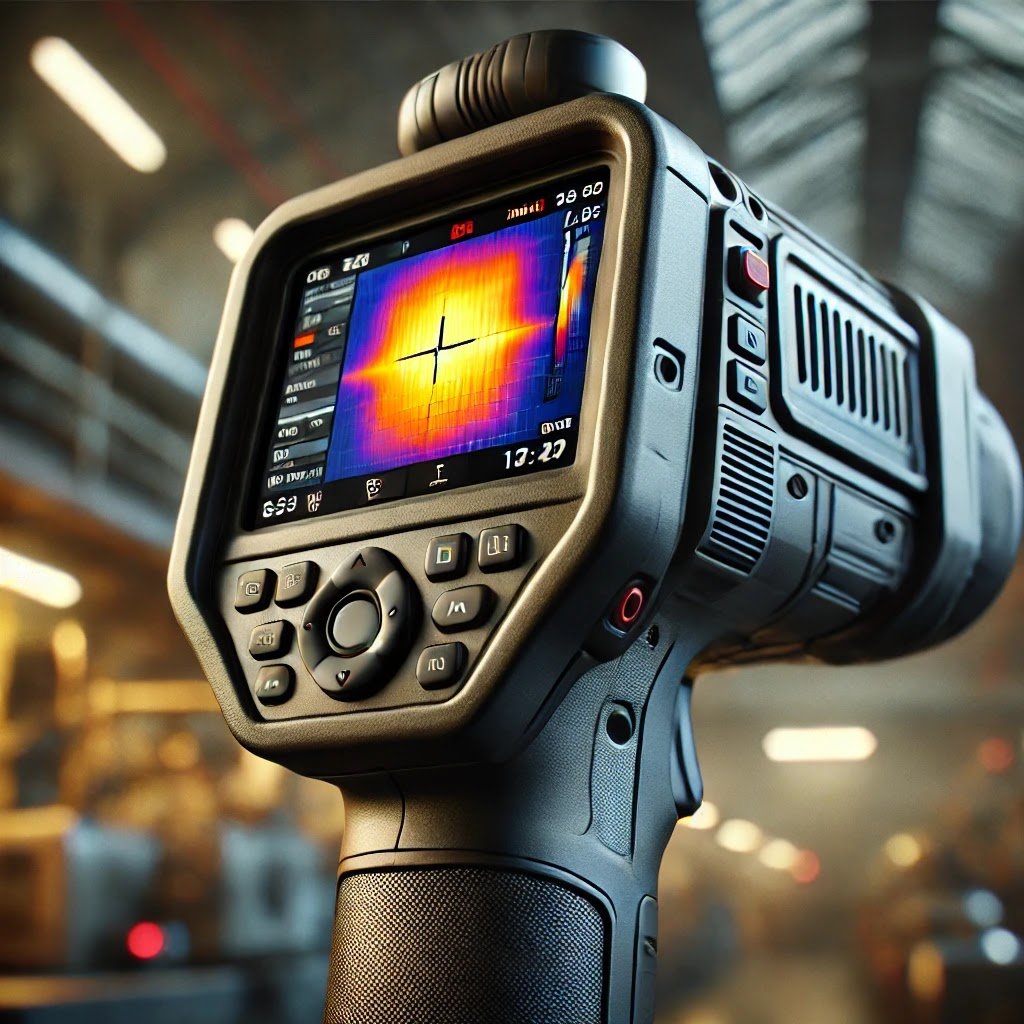Thermal imaging cameras, also known as infrared cameras, have become indispensable tools in modern electrical engineering. By detecting heat patterns invisible to the naked eye, these devices allow engineers to uncover hidden faults, prevent failures, and improve overall system efficiency. In this guide, we’ll explore what thermal cameras are, how they work, their key applications in the electrical field, and best practices for getting the most out of them.
1. What Is a Thermal Imaging Camera?
A thermal imaging camera is a device that captures infrared radiation (heat) from objects and converts it into a visual image. Unlike standard cameras that rely on visible light, thermal cameras “see” heat energy, allowing engineers to visualize temperature differences across surfaces.
The resulting image, often called a thermogram, uses a color palette to represent temperature levels—typically cooler areas appear in blue or green, while warmer zones show up in red, orange, or yellow.

2. How Do Thermal Imaging Cameras Work?
All objects above absolute zero emit infrared radiation. A thermal camera detects this radiation using a specialized sensor, translates it into an electronic signal, and processes that signal into a thermal image.
This image provides a visual map of temperature distribution, which makes it easy to identify hot spots, loose connections, or overloaded components—issues that often indicate electrical faults or potential failure points.
3. Applications of Thermal Imaging in Electrical Engineering
Thermal imaging has transformed how electrical professionals maintain and monitor systems. Here are some of the top applications:
✅ Predictive Maintenance
Thermal cameras help engineers inspect panels, transformers, circuit breakers, and motors without shutting down equipment. Identifying temperature anomalies early can prevent unexpected breakdowns.
✅ Troubleshooting Electrical Faults
Quickly locate overheating components, unbalanced loads, or damaged wiring. Thermal images make it easier to pinpoint exact problem areas and speed up repairs.
✅ Energy Audits & Efficiency
Identify areas of energy loss—like poorly insulated cables, transformers, or HVAC systems. Fixing these inefficiencies can save energy and reduce costs.
✅ Quality Control
In manufacturing and testing environments, thermal imaging helps verify the performance of electrical components by detecting irregular heat patterns that may indicate defects.
✅ Fire Prevention
Overheated electrical equipment is a common cause of fires. Regular thermal inspections can reveal risks before they become hazardous.
4. Best Practices for Using Thermal Cameras in Electrical Work
To ensure accurate results and safe operation, follow these expert tips:
- Calibrate Your Camera: Set your device to the expected temperature range for precise readings.
- Be Aware of Environmental Factors: Reflective surfaces, airflow, or ambient temperature can affect readings. Understand and account for them.
- Inspect Regularly: Make thermal scans a routine part of your maintenance schedule to detect early warning signs.
- Always Prioritize Safety: Use personal protective equipment (PPE) and follow electrical safety protocols—especially around live circuits.
- Get Proper Training: Knowing how to interpret thermal data correctly is critical. Misinterpretation can lead to incorrect diagnoses.
5. How to Choose the Right Thermal Imaging Camera
When selecting a thermal camera for electrical use, consider:
- Resolution: Higher resolution delivers more detailed and accurate images.
- Temperature Range: Choose a model suitable for the temperature ranges in your equipment.
- Focus System: Auto or manual focus ensures clarity, especially when working in tight or complex installations.
- Software Compatibility: Built-in reporting and analysis tools can save time and improve documentation quality.
6. Conclusion
Thermal imaging cameras have become essential for proactive electrical maintenance, troubleshooting, and safety assurance. By offering a non-contact, real-time way to visualize temperature variations, they allow engineers to spot problems before they lead to downtime or danger.
Whether you’re performing inspections in a factory, on a power line, or within a commercial building, thermal imaging gives you the power to see the invisible—making it one of the smartest additions to any electrical professional’s toolkit.